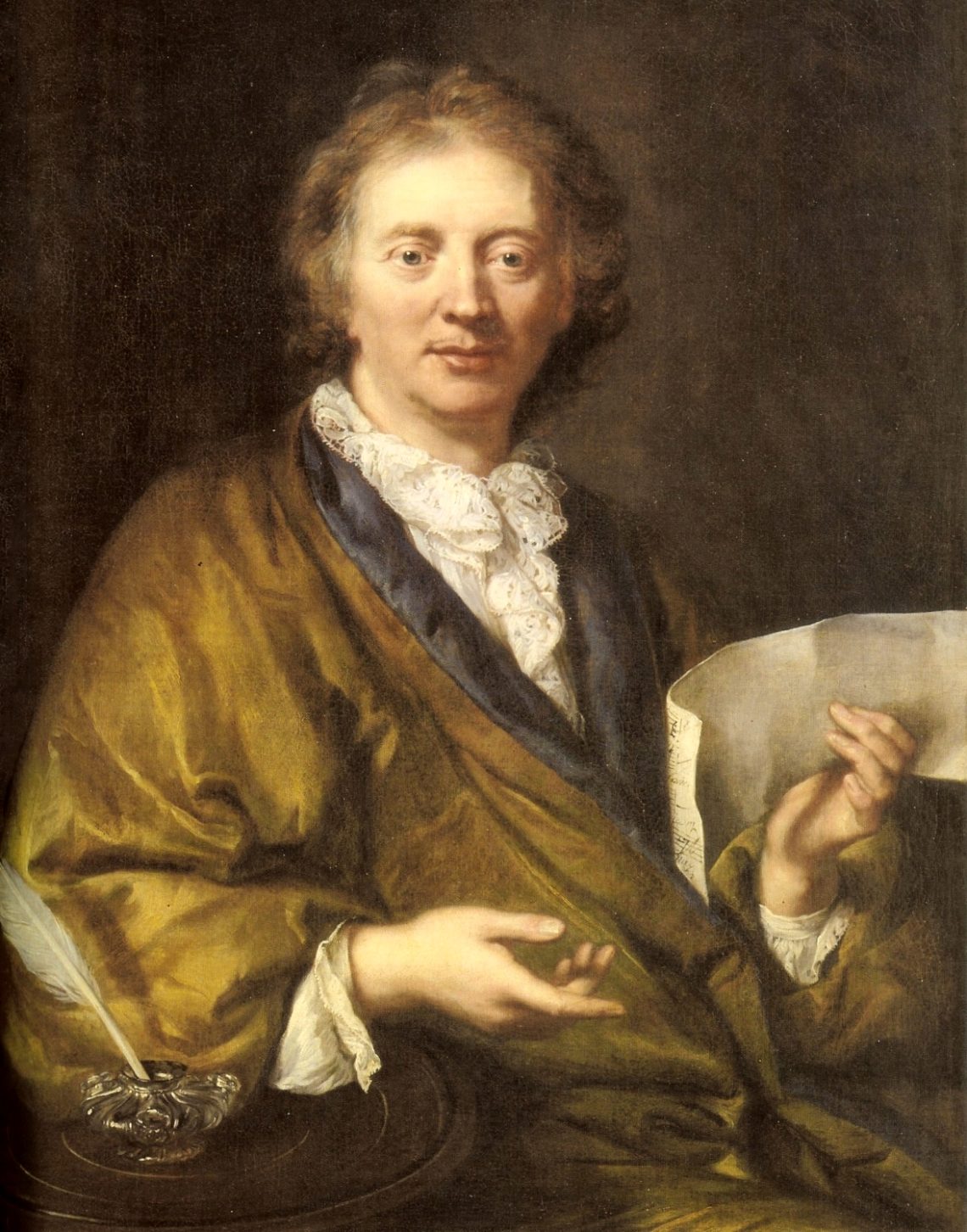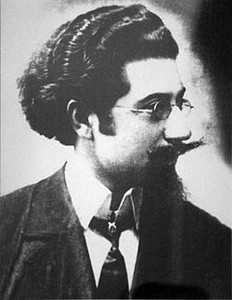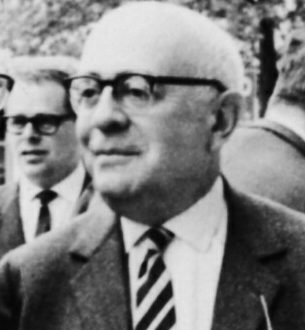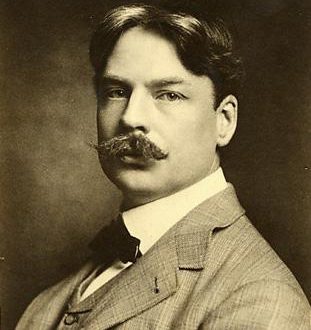
Francois Couperin |
Francois Couperin
Couperin. “Les Barricades mystirieuses” (John Williams)
Throughout the XNUMXth century a remarkable school of harpsichord music developed in France (J. Chambonière, L. Couperin and his brothers, J. d’Anglebert, and others). Passed down from generation to generation, the traditions of performing culture and composing technique reached their peak in the work of F. Couperin, whom his contemporaries began to call great.
Couperin was born into a family with a long musical tradition. The service of an organist in the Cathedral of Saint-Gervais, inherited from his father, Charles Couperin, a well-known composer and performer in France, Francois combined with service at the royal court. The performance of numerous and varied duties (composing music for church services and court concerts, performing as a soloist and accompanist, etc.) filled the composer’s life to the limit. Couperin also gave lessons to members of the royal family: “… For twenty years now I have the honor to be with the king and teach almost simultaneously his highness the Dauphin, the Duke of Burgundy and six princes and princesses of the royal house …” In the late 1720s. Couperin writes his last pieces for harpsichord. A serious illness forced him to leave his creative activity, stop serving at court and in the church. The position of chamber musician passed to his daughter, Marguerite Antoinette.
The basis of Couperin’s creative heritage are works for harpsichord – more than 250 pieces published in four collections (1713, 1717, 1722, 1730). Based on the experience of his predecessors and older contemporaries, Couperin created an original harpsichord style, distinguished by the subtlety and elegance of writing, the refinement of miniature forms (rondo or variations), and the abundance of ornamental decorations (melismas) that correspond to the nature of harpsichord sonority. This exquisitely filigree style is in many ways related to the Rococo style in French art of the XNUMXth century. French impeccability of taste, a sense of proportion, a gentle play of colors and sonorities dominate Couperin’s music, excluding heightened expression, strong and open manifestations of emotions. “I prefer what moves me to what amazes me.” Couperin links his plays into rows (ordre) – free strings of diverse miniatures. Most of the plays have programmatic titles that reflect the richness of the composer’s imagination, the figurative-specific orientation of his thinking. These are female portraits (“Touchless”, “Naughty”, “Sister Monica”), pastoral, idyllic scenes, landscapes (“Reeds”, “Lilies in the Making”), plays that characterize lyrical states (“Regrets”, “Tender Anguish”) , theatrical masks (“Satires”, “Harlequin”, “Tricks of magicians”), etc. In the preface to the first collection of plays, Couperin writes: “When writing plays, I always had a certain subject in mind – various circumstances suggested it to me. Therefore, the titles correspond to the ideas that I had when composing. Finding his own, individual touch for each miniature, Couperin creates an infinite number of options for harpsichord texture – a detailed, airy, openwork fabric.
The instrument, very limited in its expressive possibilities, becomes flexible, sensitive, colorful in Couperin’s own way.
A generalization of the rich experience of the composer and performer, a master who thoroughly knows the possibilities of his instrument, was Couperin’s treatise The Art of Playing the Harpsichord (1761), as well as the author’s prefaces to collections of harpsichord pieces.
The composer is most interested in the specifics of the instrument; he clarifies the characteristic performance techniques (especially when playing on two keyboards), deciphers numerous decorations. “The harpsichord itself is a brilliant instrument, ideal in its range, but since the harpsichord can neither increase nor decrease the power of sound, I will always be grateful to those who, thanks to their infinitely perfect art and taste, will be able to make it expressive. This is what my predecessors aspired to, not to mention the excellent composition of their plays. I tried to perfect their discoveries.”
Of great interest is the chamber-instrumental work of Couperin. Two cycles of concerts “Royal Concertos” (4) and “New Concertos” (10, 1714-15), written for a small ensemble (sextet), were performed in court chamber music concerts. Couperin’s trio sonatas (1724-26) were inspired by A. Corelli’s trio sonatas. Couperin dedicated the trio sonata “Parnassus, or the Apotheosis of Corelli” to his favorite composer. Characteristic names and even whole extended plots – always witty, original – are also found in Couperin’s chamber ensembles. Thus, the program of the trio sonata “Apotheosis of Lully” reflected the then fashionable debate about the advantages of French and Italian music.
The seriousness and loftiness of thoughts distinguishes the sacred music of Couperin – organ masses (1690), motets, 3 pre-Easter masses (1715).
Already during the life of Couperin, his works were widely known outside of France. The greatest composers found in them examples of a clear, classically polished harpsichord style. So, J. Brahms named J. S. Bach, G. F. Handel and D. Scarlatti among the students of Couperin. Connections with the harpsichord style of the French master are found in the piano works of J. Haydn, W. A. Mozart and the young L. Beethoven. The traditions of Couperin on a completely different figurative and intonational basis were revived at the turn of the XNUMXth-XNUMXth centuries. in the works of French composers C. Debussy and M. Ravel (for example, in Ravel’s suite “The Tomb of Couperin”.)
I. Okhalova





